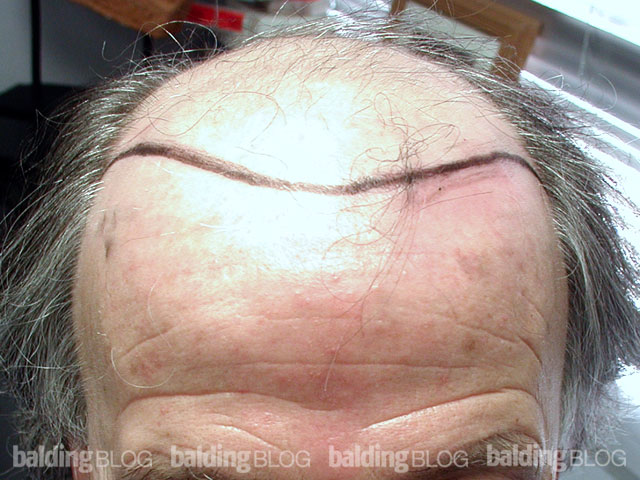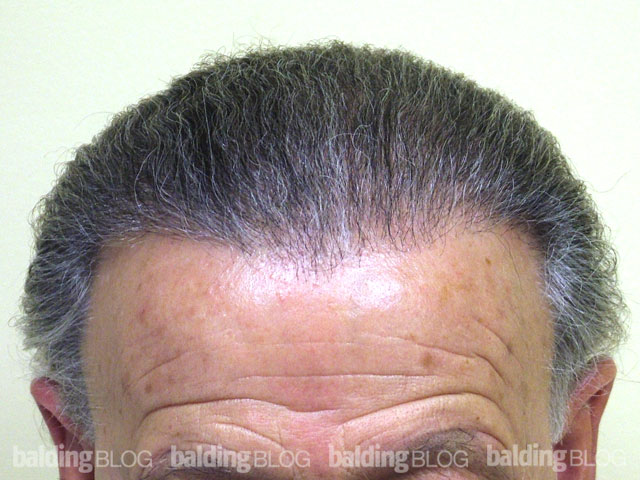Hi Dr Rassman,
I am 30 years old and for the past four to five years have had some recession/thinning at the corners of my hairline. It is uneven (on the left side around a 6cm triangle shape in area) and on the right side around half that area. For years I’ve monitored the area (even went to see Dr Farjo two years ago who confirmed i had mild recession – not a mature hairline) and in terms of area of recession it has got no worse – maybe a little thinner in those areas but it has not spread.
The fact that I have a receded hairline REALLY bothers me because i have very dense hair in the middle and on top but it is thin on the sides making my hair very messy when i wake up etc. I would love to have it filled in slightly with a hair transplant to frame my face better and so I wouldn’t have to worry about styling it as soon as I wake. It consumes too much of my time/thoughts and I’d like to not have to worry about it so much. So here are my questions…
1) If my hair loss has been fairly stable for over three years is it likely that I won’t lose so much hair in future or does it not work like this? Dr farjo didn’t seem to think that I would not lose a great deal of hair in future but my dad is NW6 bald, My maternal grandfather was more NW3-4v in his later years with hair combed over.
2) If as I suspect it is just not possible to predict that I wont lose too much more hair in future, is there any way that I can have a hair transplant to the hairline corners without risking looking stupid in future if I do lose lots of hair behind it and can’t afford a future hair transplant or don’t have enough grafts left to cover it all (I have very fine hair by the way). What I mean is, is there any way for a HT surgeon to do a lower density transplant at the corners to stop it looking like the patient is looking like they have thick horns of hair left in future as they go more bald? By the way – I have ruled out the option of ever taking propecia as for me i can’t afford messing with my hormones (other health issues) and minoxidil never worked for me in this area (I sometimes wonder if it did more damage than good as it is when i used it years ago that the thinning progressed).
3. Finally… For someone with fine hair…what would be the density per square centimeter needed for a transplant at the hairline corners. I’d like to get an idea of how many grafts i might need if it is possible.
Thanks in advance for your help.
p.s. I realise my questions are quite specific and will of course go back to see a surgeon for an opinion but just can’t afford to at this moment hence my questions.
Dr. Farjo will give you good advice on these issues. If he thinks your hair loss won’t progress to your father’s pattern, I would plan for that. Ask you dad when he started to lose hair. I suspect he started earlier than you and accelerated more quickly.
That said, since we never know with 100% certainty what is going to happen to the hair loss over time, you need to make plans for now and then be able to maneuver to another step if the hair loss progresses. You should have a Master Plan created with Dr. Farjo if you have not done that yet.
Concerning a transplant to your hairline corners and having very fine hair, if you do opt for surgery, be sure to have it done right. Creating a thinning or balding look with this hair is not in your best long term interest.


